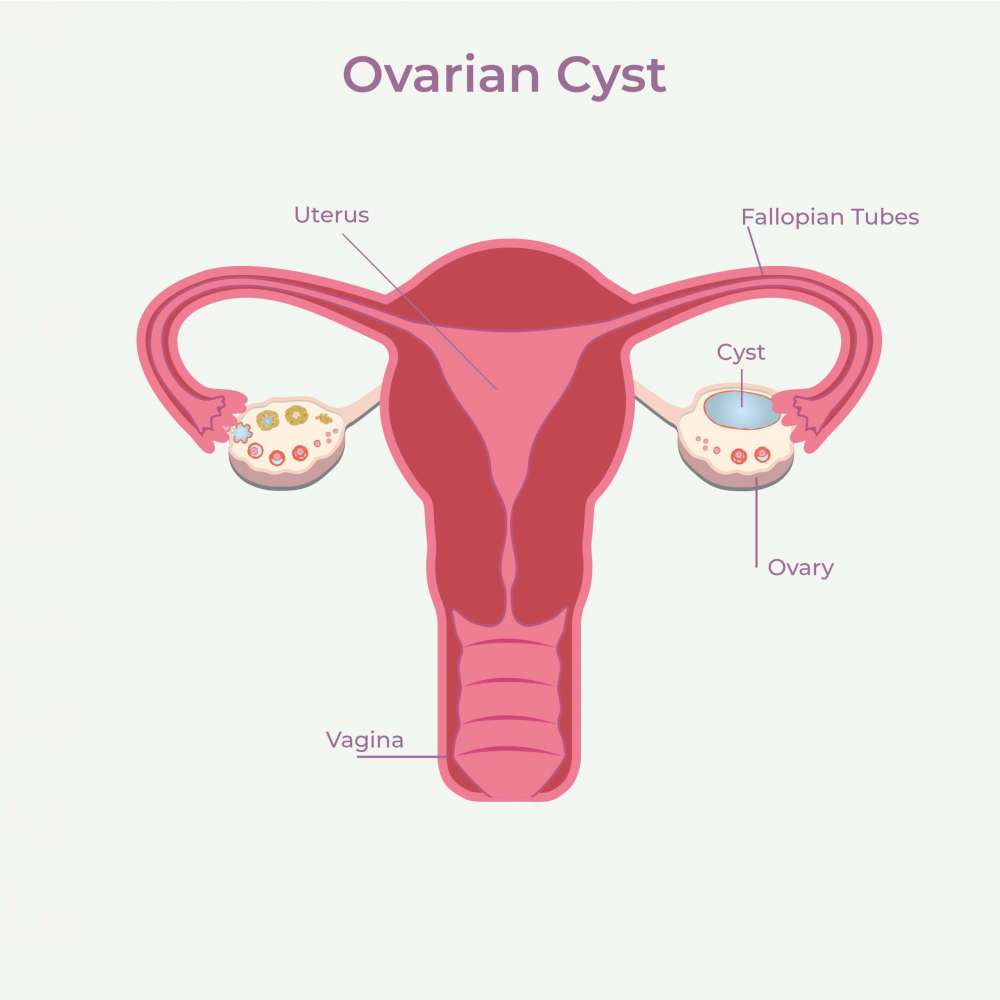What is a Simple Cyst?

Symptoms of Simple Cyst
Most simple cysts are asymptomatic, meaning they do not cause any noticeable symptoms. However, if they grow larger or become infected or ruptured, symptoms may include:
- Localised pain or discomfort
- Swelling or palpable lump (depending on location)
- Abdominal or flank pain (kidney cysts)
- Pressure effects on nearby organs if large
- Rarely, infection leading to fever or pain
- In ovarian cysts: pelvic pain, bloating, menstrual irregularities
Procedure or Treatment for Simple Cyst
Treatment for a simple cyst depends on its size, location, and symptoms:
Observation:
Most small, asymptomatic cysts require no treatment.
Regular follow-up scans may be advised to monitor size.
Aspiration:
If the cyst is large or symptomatic, fluid may be drained using a needle under ultrasound or CT guidance.
Often combined with sclerotherapy to prevent recurrence.
Surgical Removal:
Laparoscopic or open surgery may be performed if the cyst is causing significant discomfort, compressing other organs, or suspected to be complex.
Medication:
Not usually needed for simple cysts, unless there is pain or infection, in which case analgesics or antibiotics are prescribed.
Prevention of Simple Cyst
There is no guaranteed way to prevent simple cysts, as many are developmental or age-related. However, general health measures include:
- Regular health check-ups and imaging if advised
- Maintaining adequate hydration for kidney health
- Managing hormonal health (for ovarian cysts)
- Avoiding injury to areas prone to cyst formation
Benefits of Treating Simple Cyst
- Relief from discomfort or pain
- Prevention of complications like rupture or infection
- Improved organ function if cyst was compressing structures
- Reduced anxiety if the cyst was causing concern despite being benign
Types of Simple Cysts
Kidney Simple Cysts:
Common in adults over 50; usually harmless.
Ovarian Simple Cysts:
Often functional cysts that resolve naturally; monitored via pelvic ultrasound.
Breast Simple Cysts:
Fluid-filled sacs that feel like smooth, movable lumps; confirmed via ultrasound and may be aspirated if symptomatic.
Liver Simple Cysts:
Congenital and benign; rarely require treatment unless symptomatic.
Other Sites:
Simple cysts can occur in various tissues but follow similar benign, fluid-filled characteristics.
